Agriculture is severely affected
If the heatwave persists, global corn yields could fall by nearly a quarter by the end of the century, said Tan Siang Hee, CEO of agronomist CropLife Asia. Because corn is a cereal crop consumed in many parts of the world and has many uses, food affordability will also become a challenge.
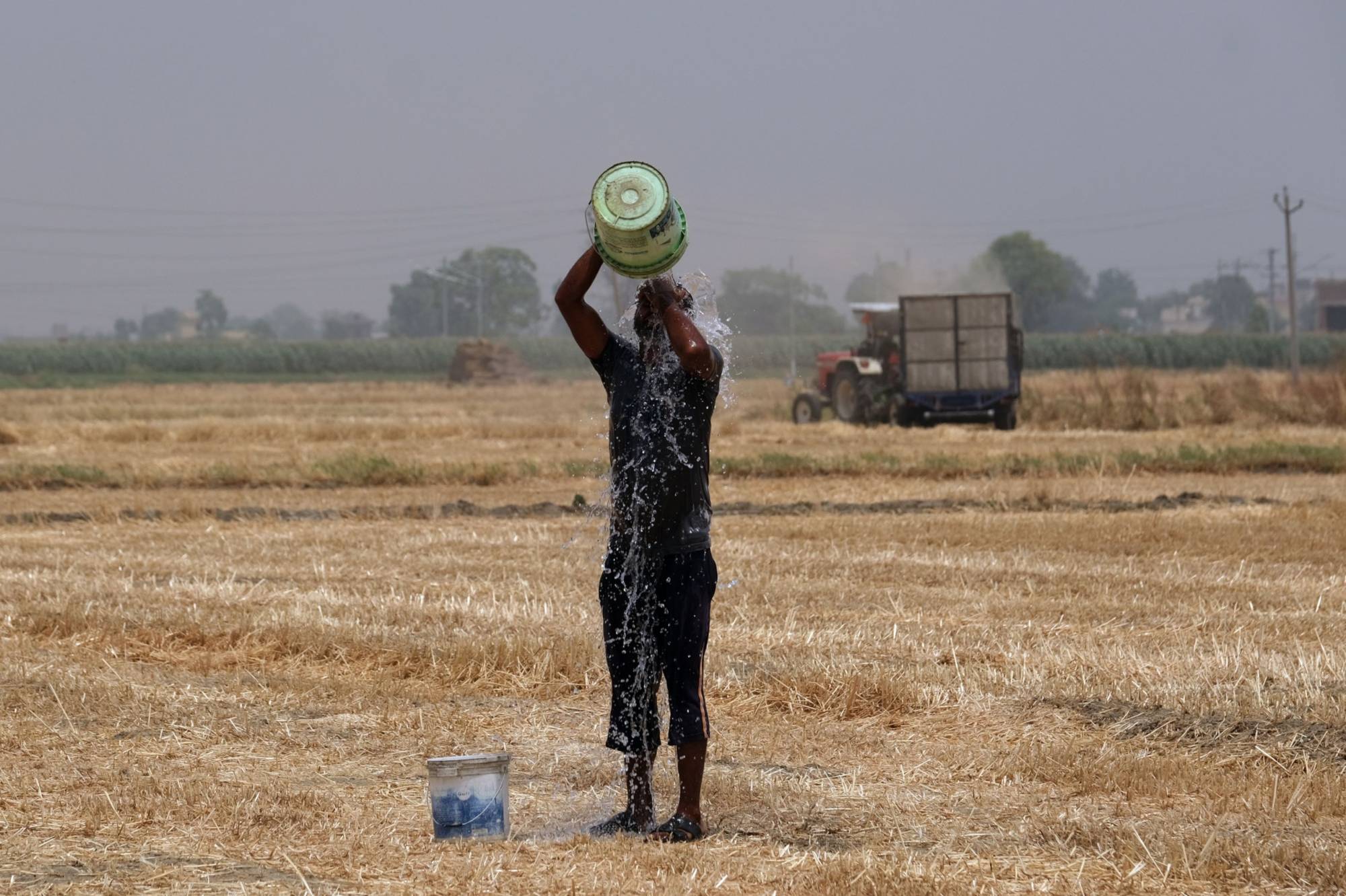
A farmer pours water over his head to cool off while working in a field in May in Punjab, India. Photo: Japan Times
“Corn is not only a food for humans but also for animal feed, as a raw material for ethanol production as well as for industrial uses,” said Tan Siang Hee.
About 60% of the world’s corn is used for animal feed, according to Tan. If production volumes are affected and corn prices rise, so will meat prices. Chicken, for example, requires about 2.5 kg of grain for every kg of meat. “A 10 cent increase in your grain input will translate into a 2.5-fold increase — even at the farm level — per kg of meat,” Tan said.
As with plants and animals, extreme heat can be deadly for farmers. According to a study in the US, farmers are 35 times more likely to die from heat-related illness than most other occupations.
It’s an even bigger problem in countries with aging populations like South Korea. As young people shun agriculture, nearly half of the country’s farm workers are now 65 or older. And that age group is particularly vulnerable to heat stress.
With temperatures soaring this summer, at least 27 people in South Korea have died as of early August, many of them elderly farmers.
“Even if their bodies are stressed, they have no choice but to do the work. There is a labor shortage in agriculture,” said Cho Chae-woon, a village chief in Deokpyeong-ri, Gyeonggi Province, South Korea.
But with temperatures in his village exceeding 38 degrees Celsius during the recent heatwave, he will activate the public address system four times a day to warn residents about heat-related illnesses.
To escape the heat, the village hall has been converted into a shelter, which has government-funded air conditioning to keep the temperature at 25 degrees Celsius.
“The elderly do not turn on the air conditioner because they are afraid of high electricity bills. So by… having the elderly come (to the shelter), we turn on two units here instead of one unit in each household,” Cho said. “Looking at the big picture and our country as a whole, it is more beneficial and it also reduces energy use.”
The city is also struggling
Away from the farms, it's also been a tiring summer for some workers in urban centers.
Hong Sung-wan, a South Korean worker, has to work several hours a day under the hot sun to install network cables for LG HelloVision. “When I have to stand next to a power pole for one and a half hours or two and a half hours, I sometimes get dizzy,” he told CNA.
It could be heat exhaustion, which occurs when the body overheats. At worst, it could lead to heatstroke, a potentially fatal condition. But Hong has to persevere. “Whenever it happens, I think of my family and try to get through it,” the 51-year-old said.
At 33 to 34 degrees Celsius, work performance can be halved for people doing physically demanding jobs, according to Nicolas Maitre, author of an International Labour Organization (ILO) report on the impact of heat stress on productivity.
In Seoul, the government made policy changes after a record heat wave in 2018 killed 48 people across the country — at least for publicly run city-run workplaces.
Hwang Sung-won of the Seoul Disaster and Safety Countermeasures Commission gave the example of workers who have to work eight hours a day to earn a daily wage of 150,000 won (about $110). “If they have to take a break from 2 p.m. to 5 p.m. because the temperature is over 35 degrees Celsius, those three hours will be considered working hours. They will still be paid,” he said.
In Hong Kong (China), which just experienced a record-breaking hot summer, the government has issued guidelines to prevent heatstroke this year based on a three-tier warning system.
For example, when an amber alert is in effect, workers with moderate physical workloads should take a 15-minute break every hour. There are also red and black alerts, which indicate “very high” and “extreme” heat stress levels, respectively.
That’s for those who have to go out to work. But staying indoors sometimes doesn’t bring much relief. In the cramped quarters where poor Hong Kongers often live, ventilation is poor.
In the Sham Shui Po area, Mr. Wong Kwai Hoi lives in a 6-square-meter apartment, about half the size of a standard parking space in Hong Kong. It doesn't even have windows.
“It not only affects my mood but also makes life miserable. It is unbearable,” said the 65-year-old retiree. “Sometimes I feel so hot that I get dizzy and have to take medicine.”
Dense housing is a hallmark of Hong Kong, and the concrete jungle exacerbates heat buildup through what is known as the “urban heat island effect.” In extreme cases, cities can be 10 to 15 degrees Celsius hotter than surrounding rural areas.
“Any problem with extreme weather will always affect the most vulnerable in society,” notes environmental historian Fiona Williamson at Singapore Management University. “They don’t have access to air conditioning or some of the things that wealthier people can do to mitigate the effects of heat.”
2 square meter air-conditioned room and other solutions
Record heat has led to a surge in demand for air conditioning. In China, energy demand for space cooling has increased by an average of 13% per year since 2000, compared with about 4% globally.
In Southeast Asia, the number of air conditioners is expected to increase from around 50 million in 2020 to 300 million in 2040.
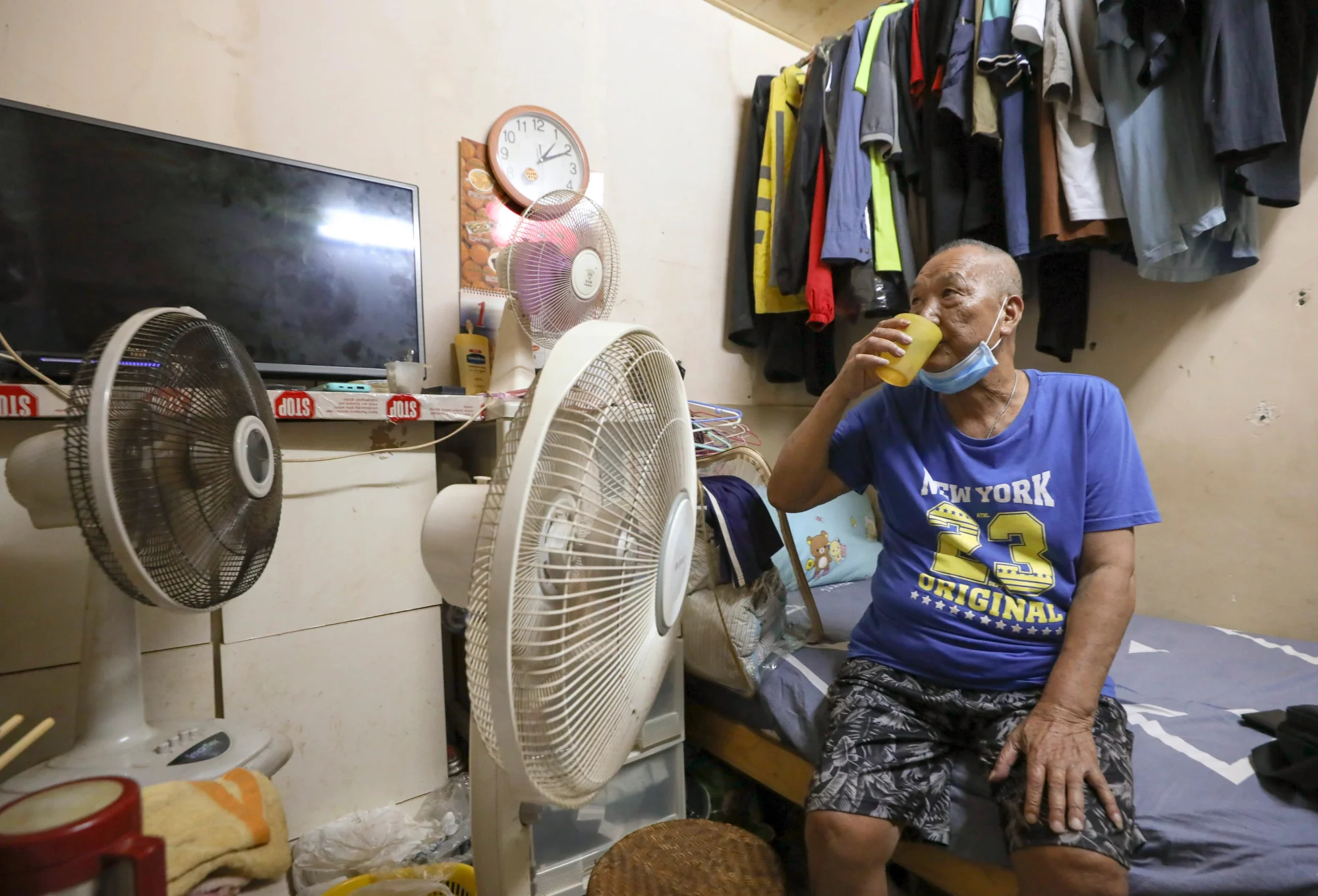
An elderly man in Sham Shui Po, Hong Kong (China) in a cramped and hot apartment without air conditioning. Photo: SCMP
In South Korea, some of the increased demand will be funded by the government, after the ruling People's Power Party agreed in June to expand an energy bill support program to about 1.135 million low-income households, up from 837,000 previously.
To further help low-income residents endure the heat, the Seoul city government said it will subsidize the installation of air conditioners in one-room homes – as small as 2 square meters – known as “jjokbangs.”
But energy costs are adding to the heat problem. Electricity demand in South Korea surged to a record high in August. Like much of Asia, the country still generates most of its electricity from fossil fuels.
“So we need to think about different measures to reduce temperatures in cities,” said Benjamin Horton, director of the Earth Observatory of Singapore.
In search of other solutions, architects and engineers are looking to build buildings that can cool themselves, such as Gaia, Asia’s largest wooden building, at Singapore’s Nanyang Technological University. Wood, while a building material, does not retain heat like concrete.
The building's air conditioning system saves energy through passive cooling: pushing chilled water through coils to cool the surrounding air, rather than using mechanical ventilation. Designed with natural airflow and solar panels on top, Gaia is a net-zero energy building.
“We haven’t had to deal with the kind of heat… that we’re dealing with now. Maybe we’re just getting used to having to deal with things like floods and droughts,” said environmental historian Fiona Williamson at Singapore Management University.
But even now, the floods continue to wreak havoc. The arrival of Typhoon Doksuri in late July brought the heaviest rains to the Beijing area since records began 140 years ago.
“Decades ago, scientists warned that if we continued to increase greenhouse gas emissions, record-breaking temperatures, heat waves, wildfires, storms… would cause huge devastation. And that has come true,” said Benjamin Horton, director of the Earth Observatory of Singapore.
“Climate scientists are not surprised by the extreme weather events we are experiencing,” he added. “What is surprising is our lack of preparation… We are not resilient enough to what Mother Nature will do to us.”
Quang Anh
Source



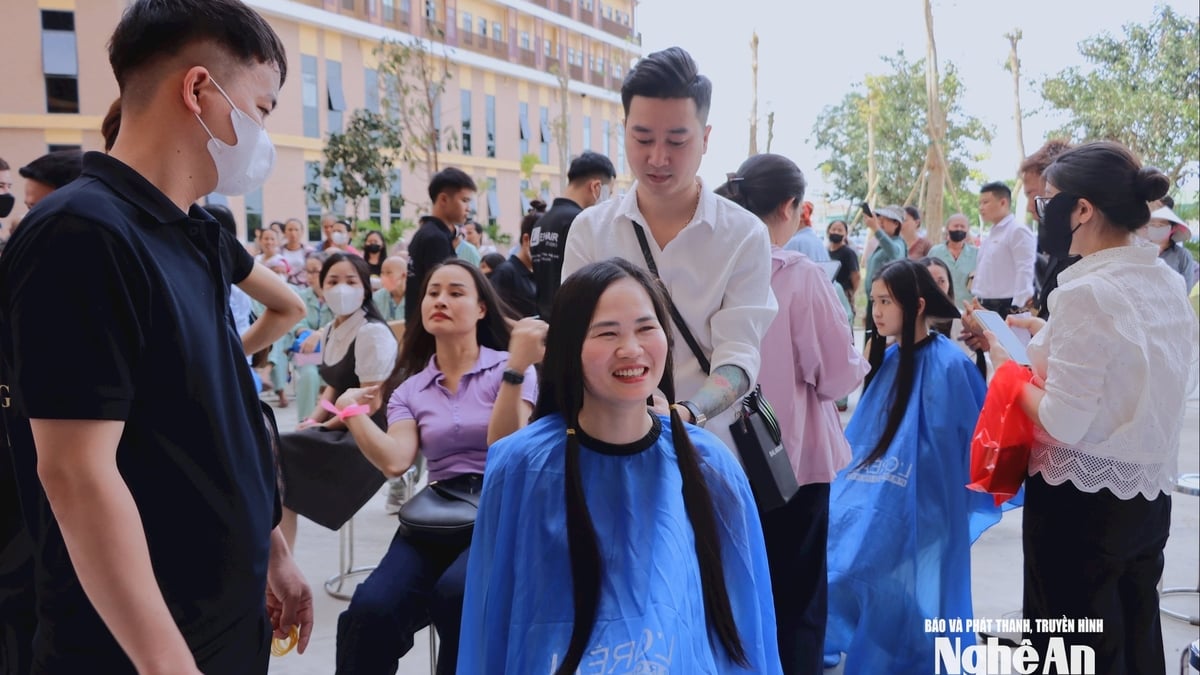
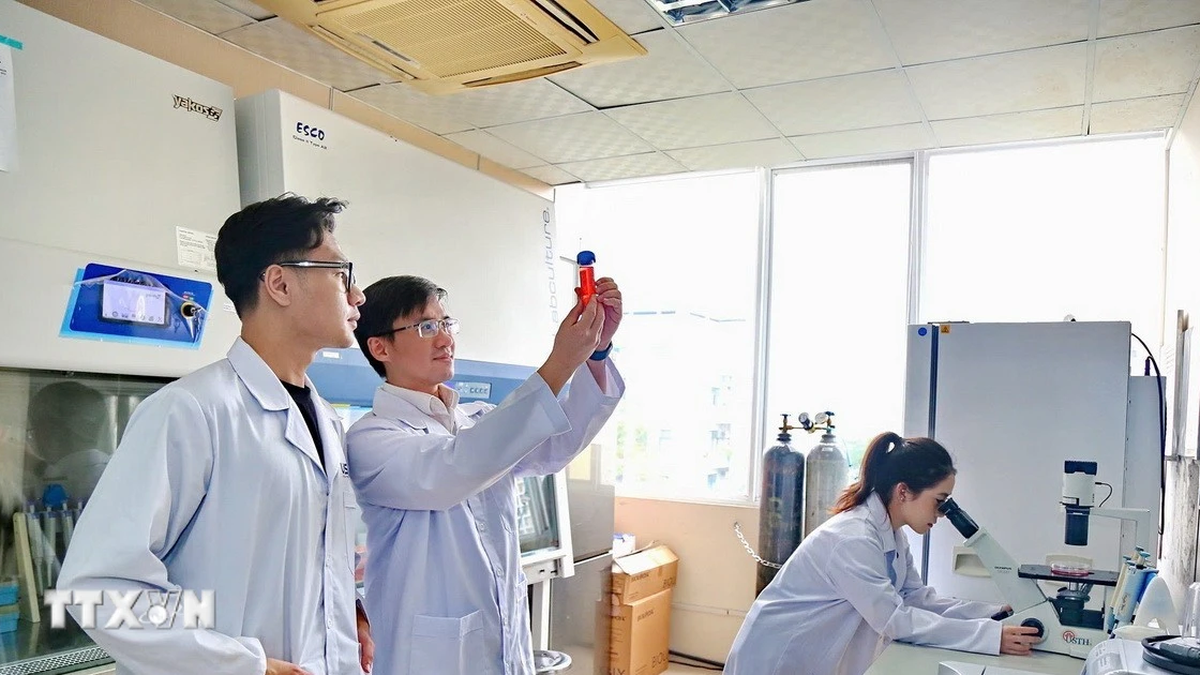
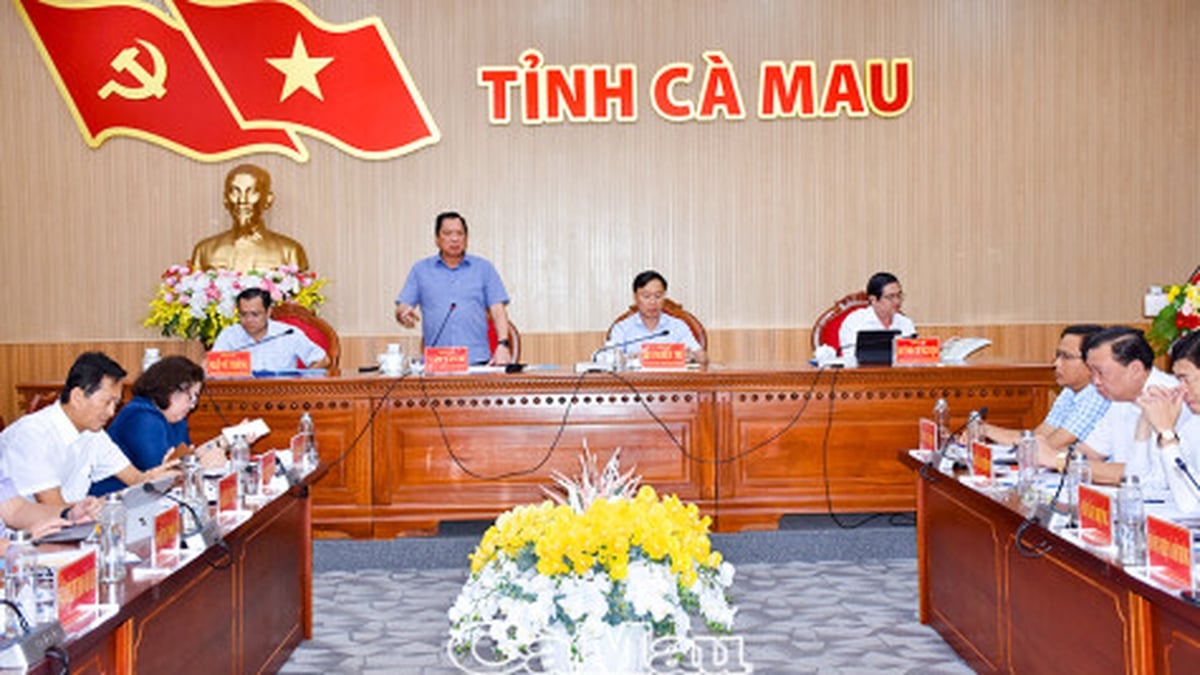
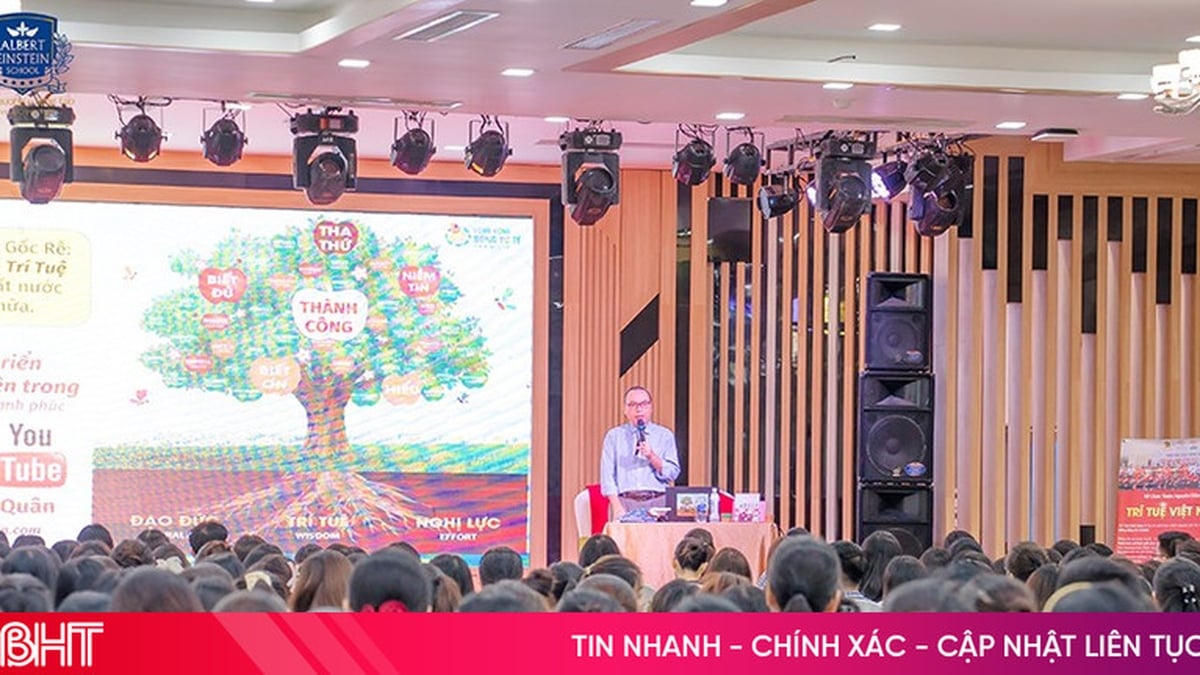
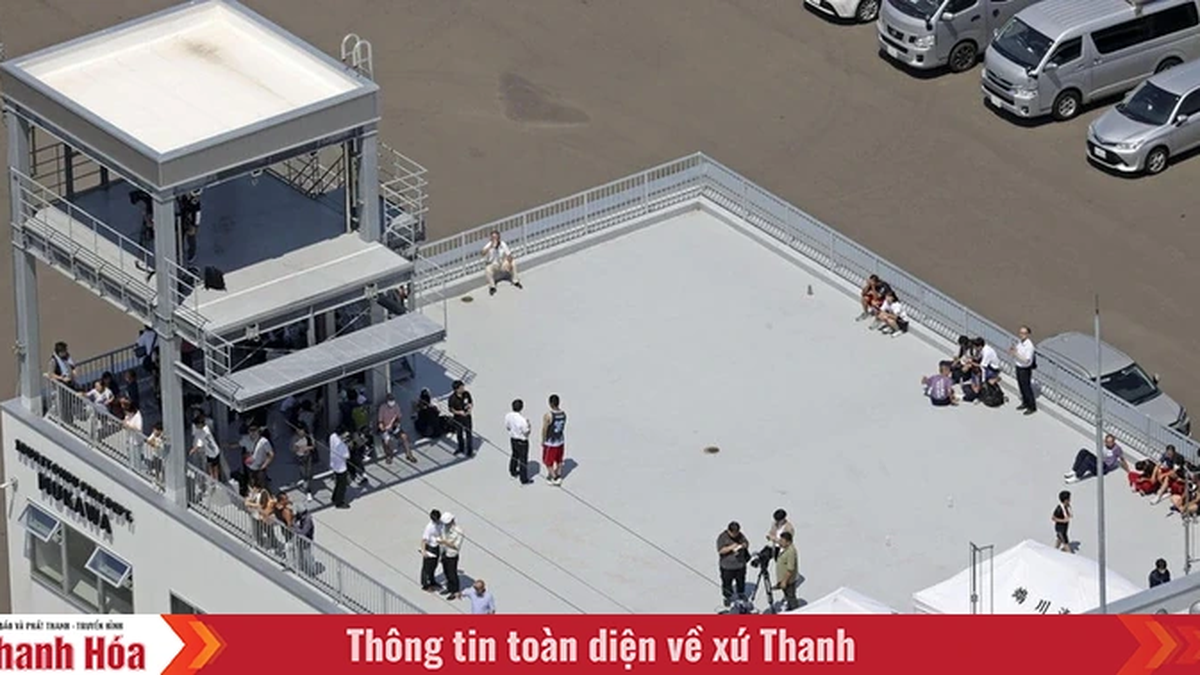



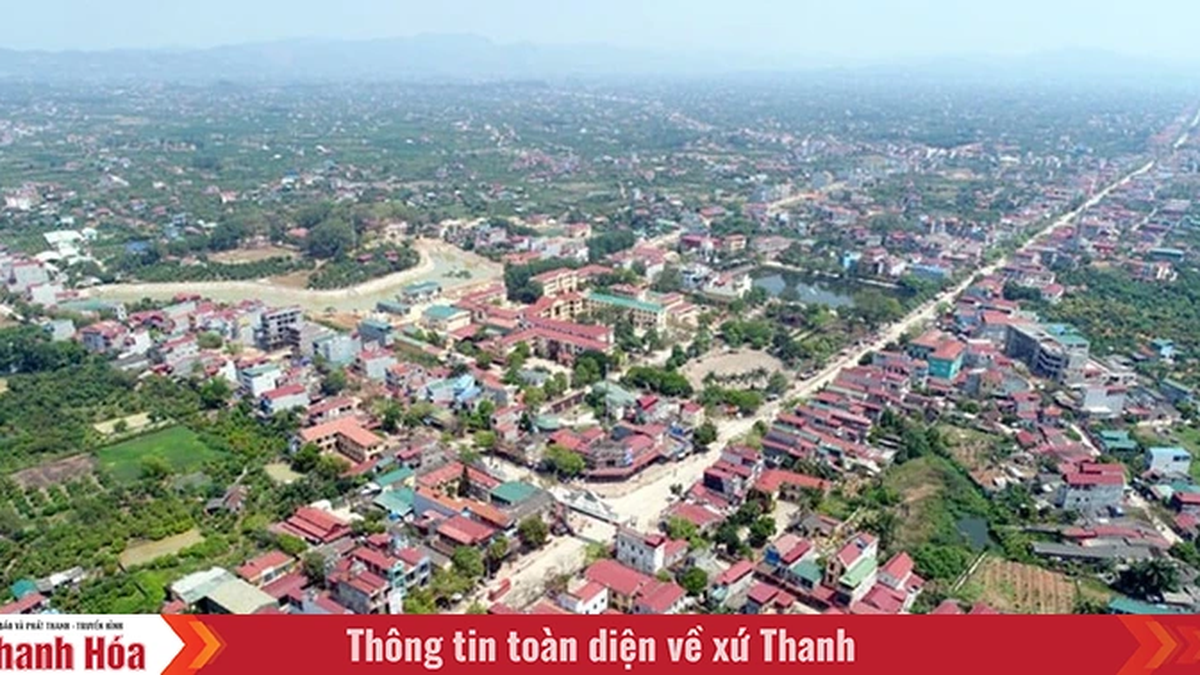
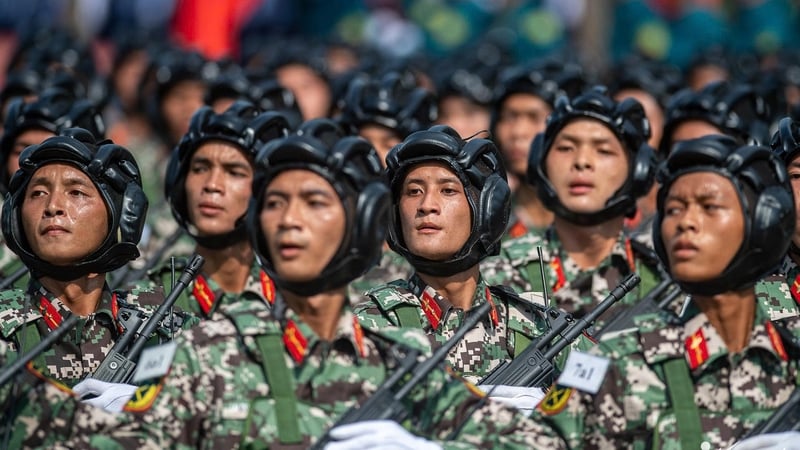
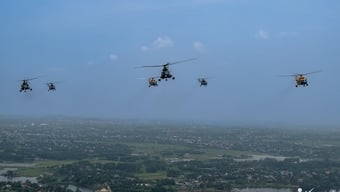



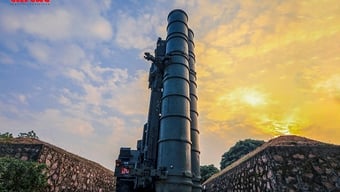
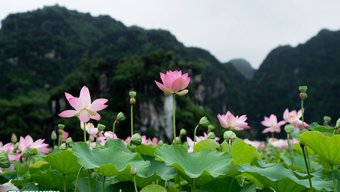

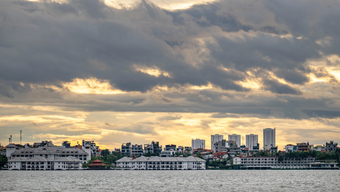

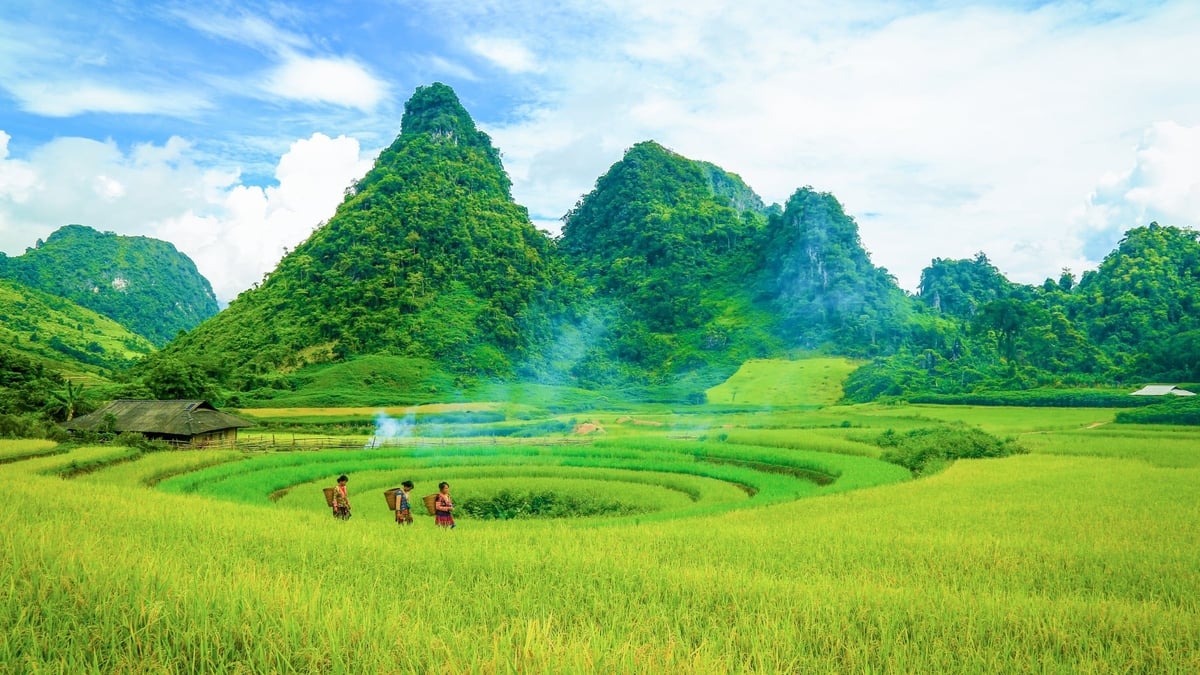
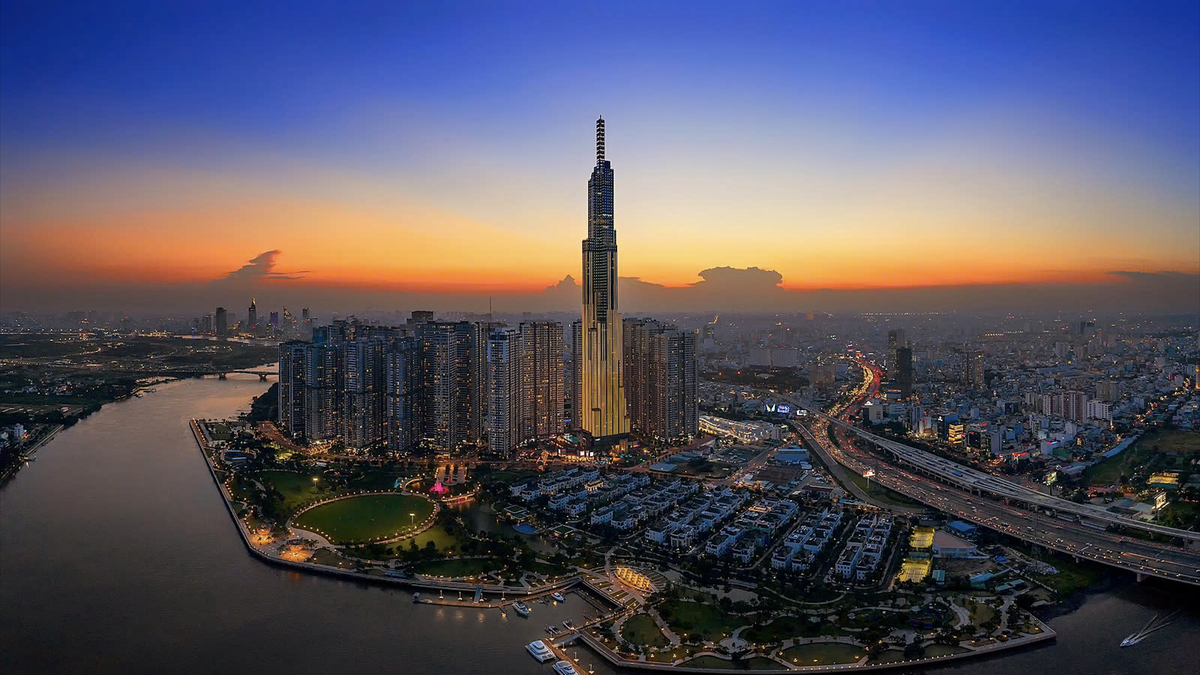
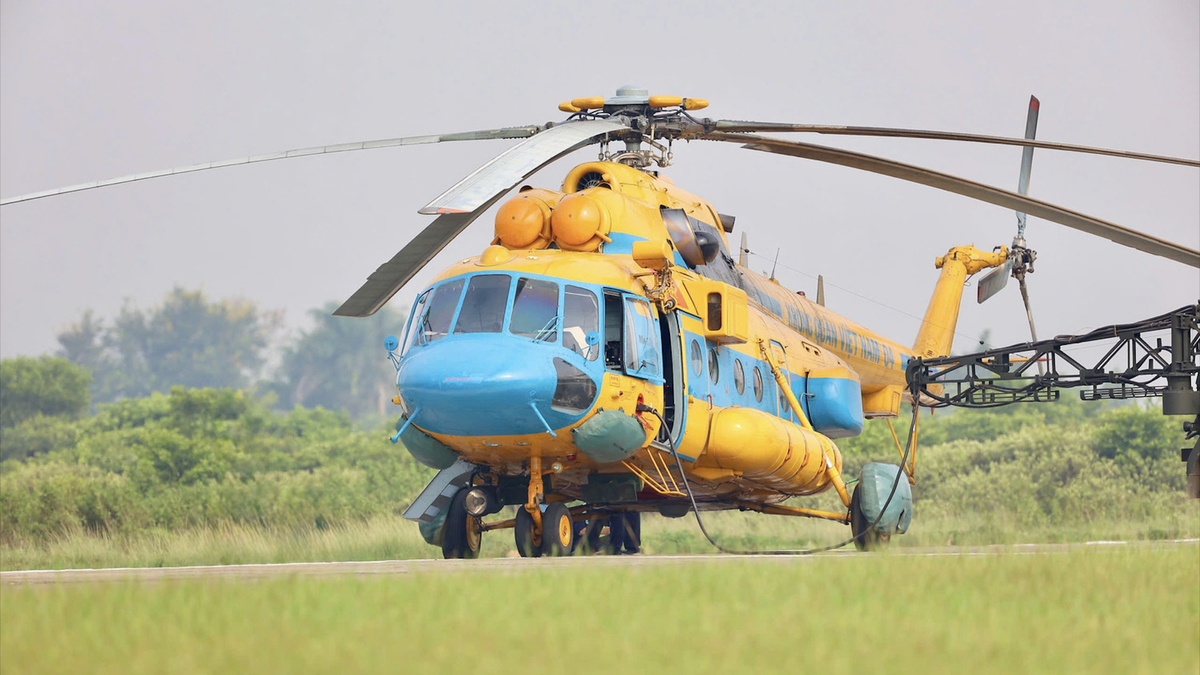
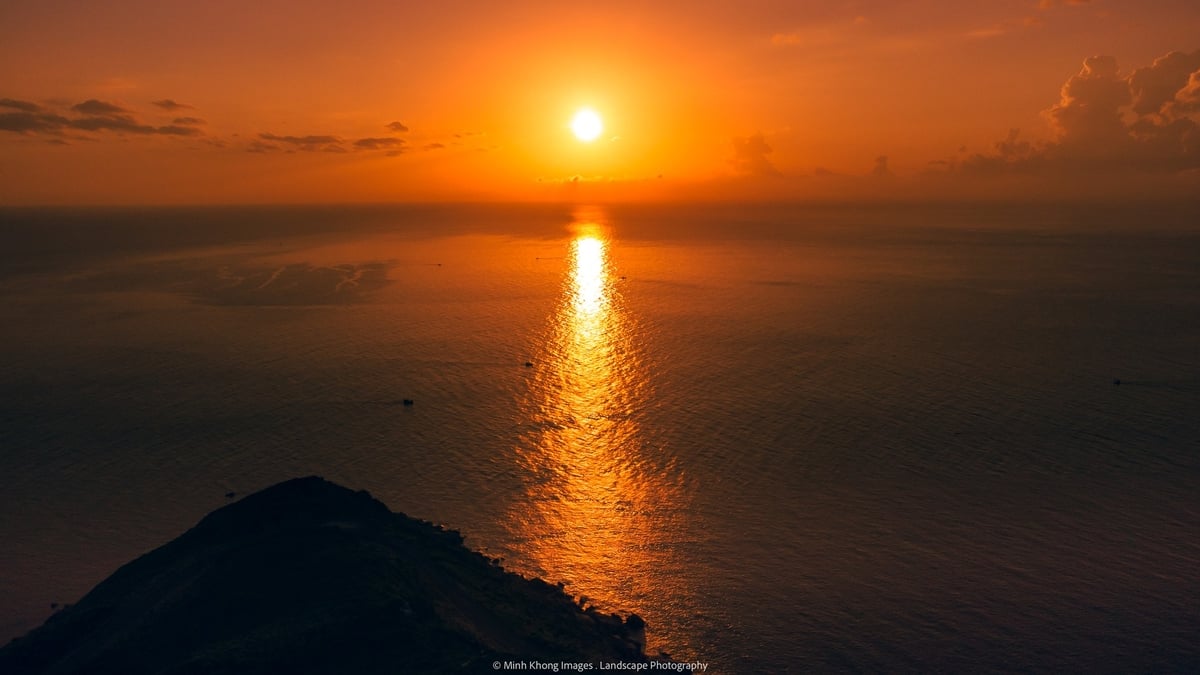
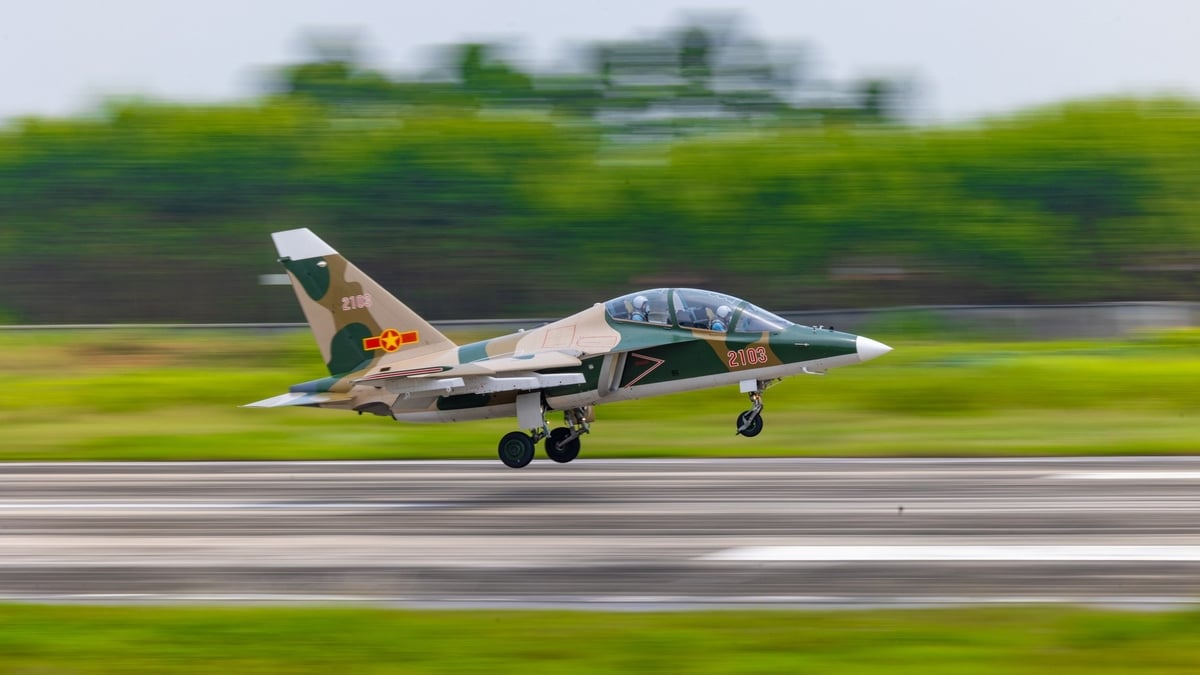
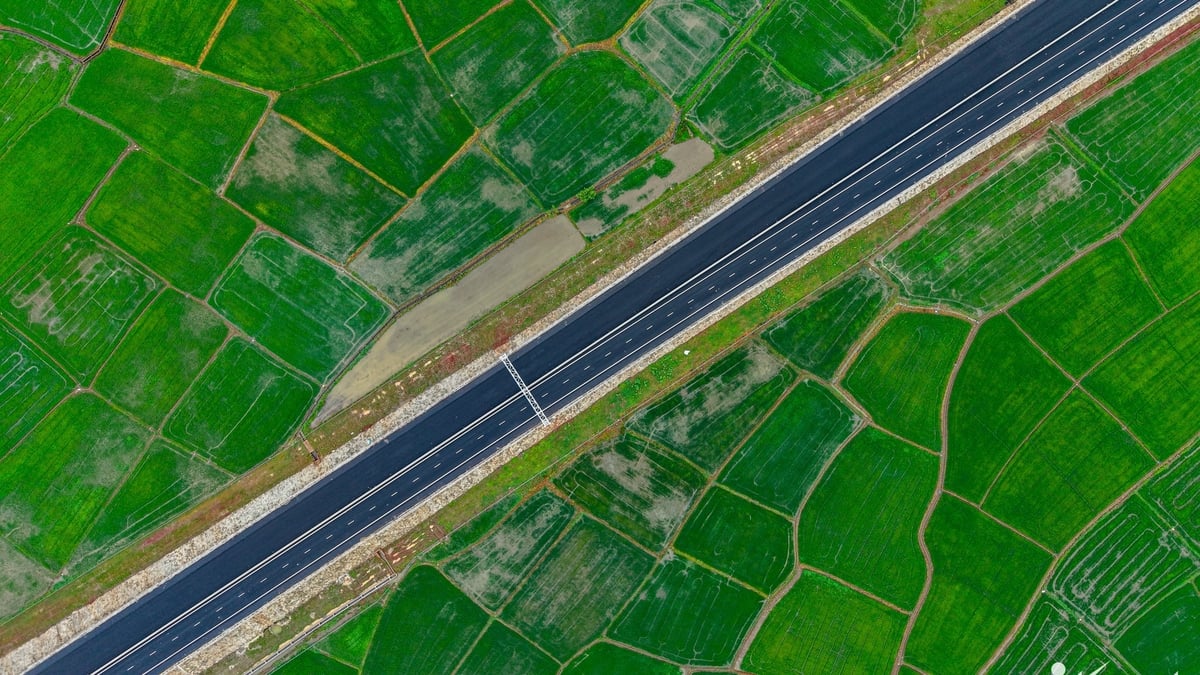

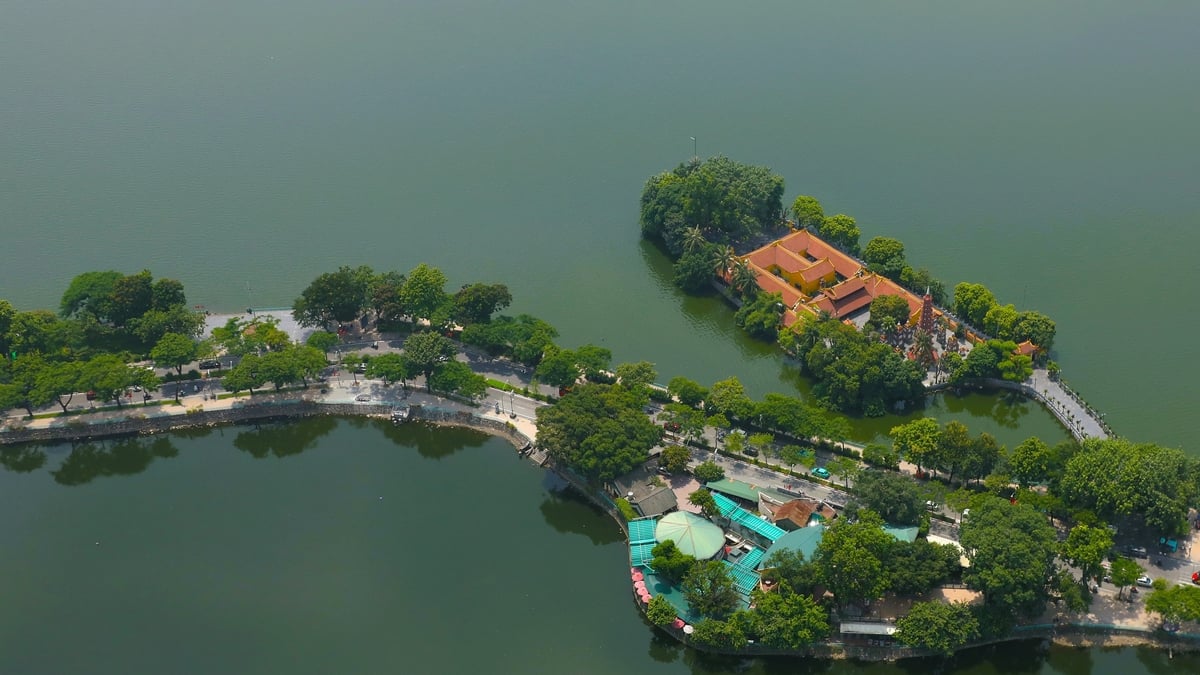
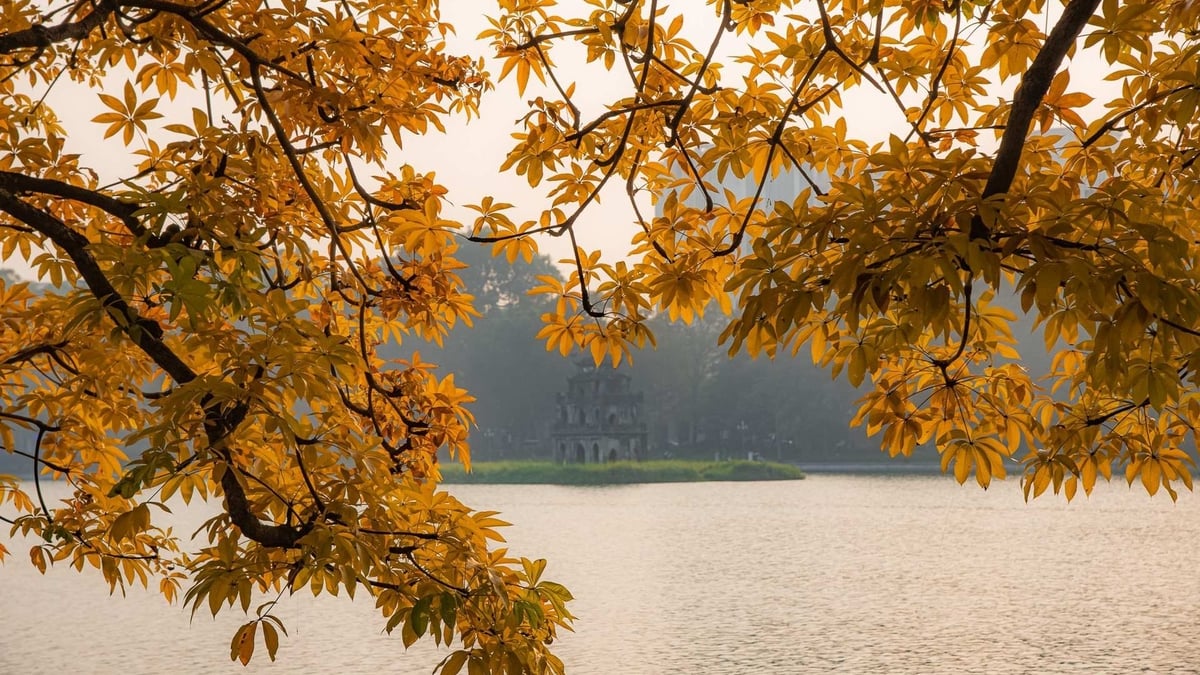

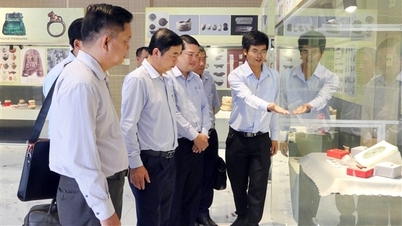

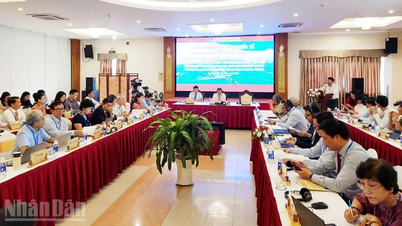



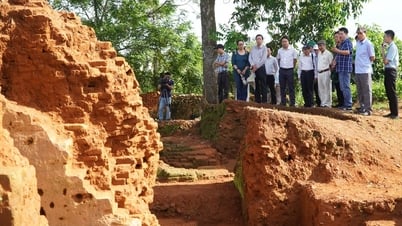

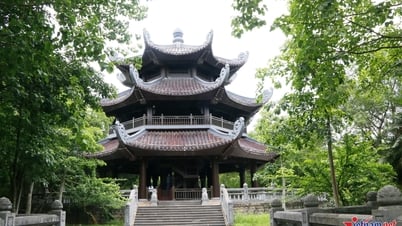









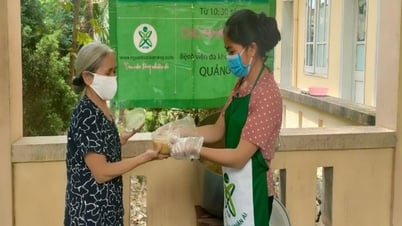
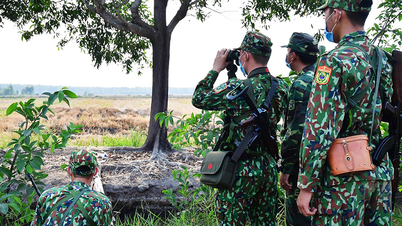



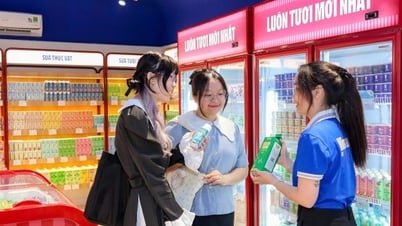


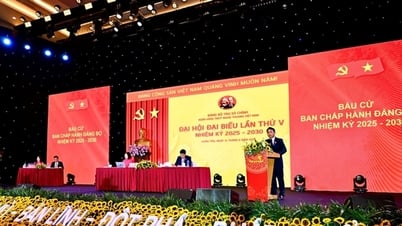










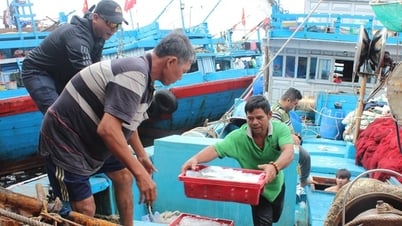

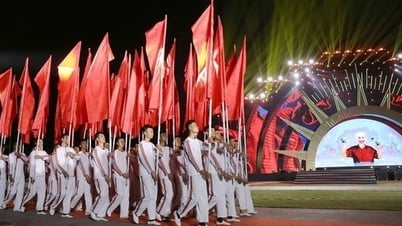

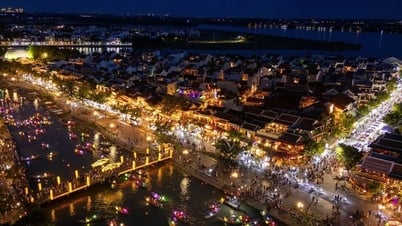
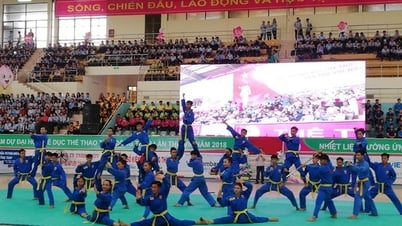
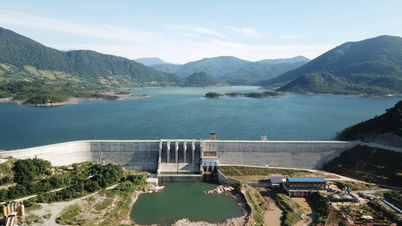



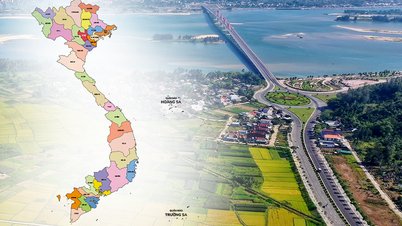
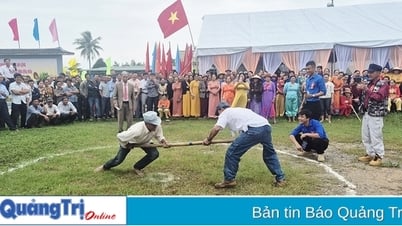

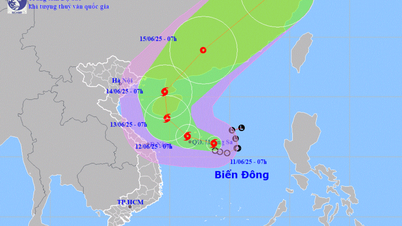


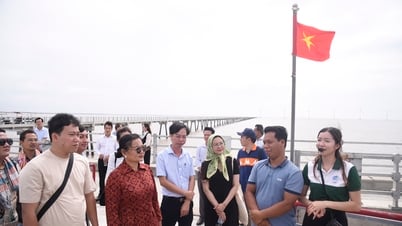
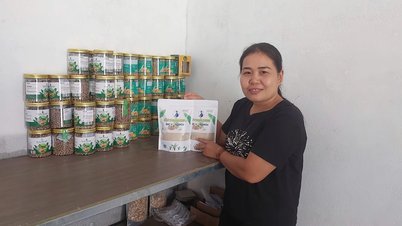


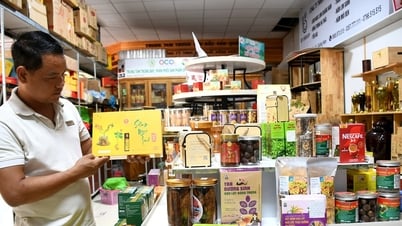

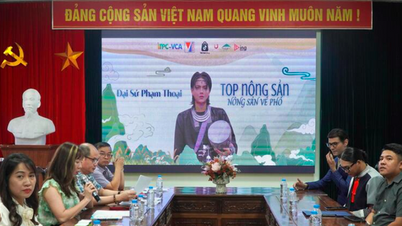

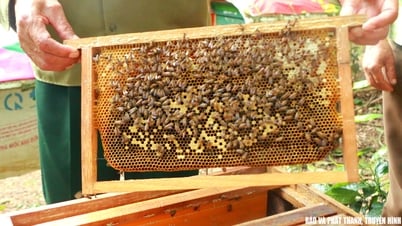

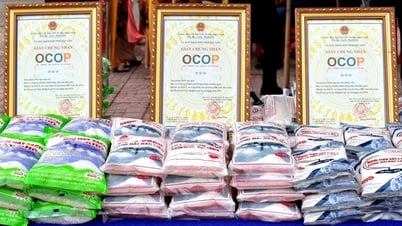


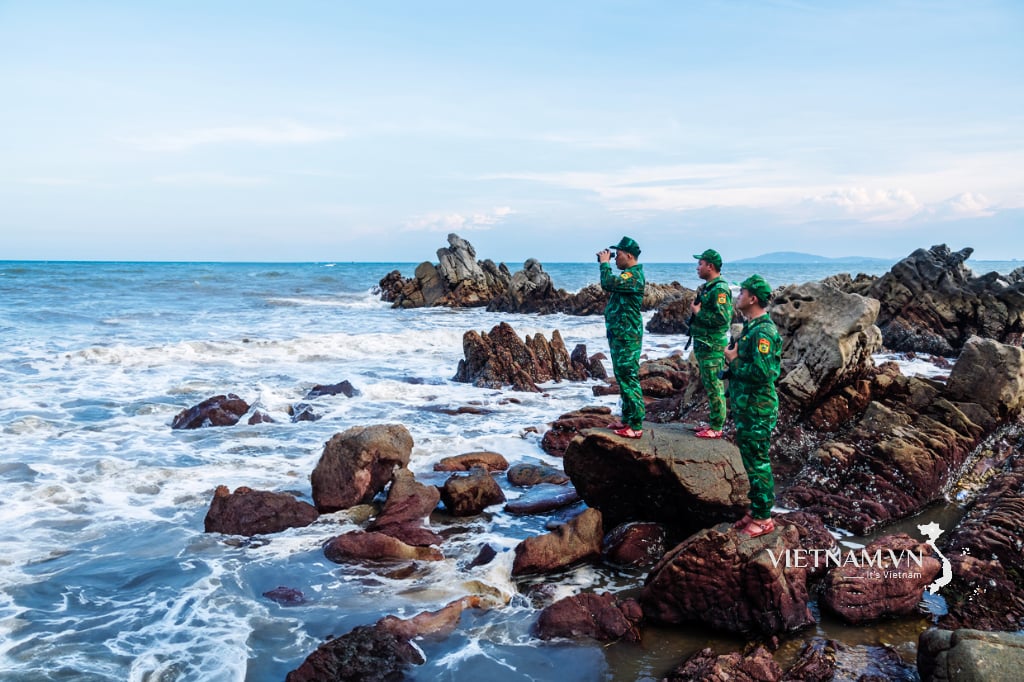
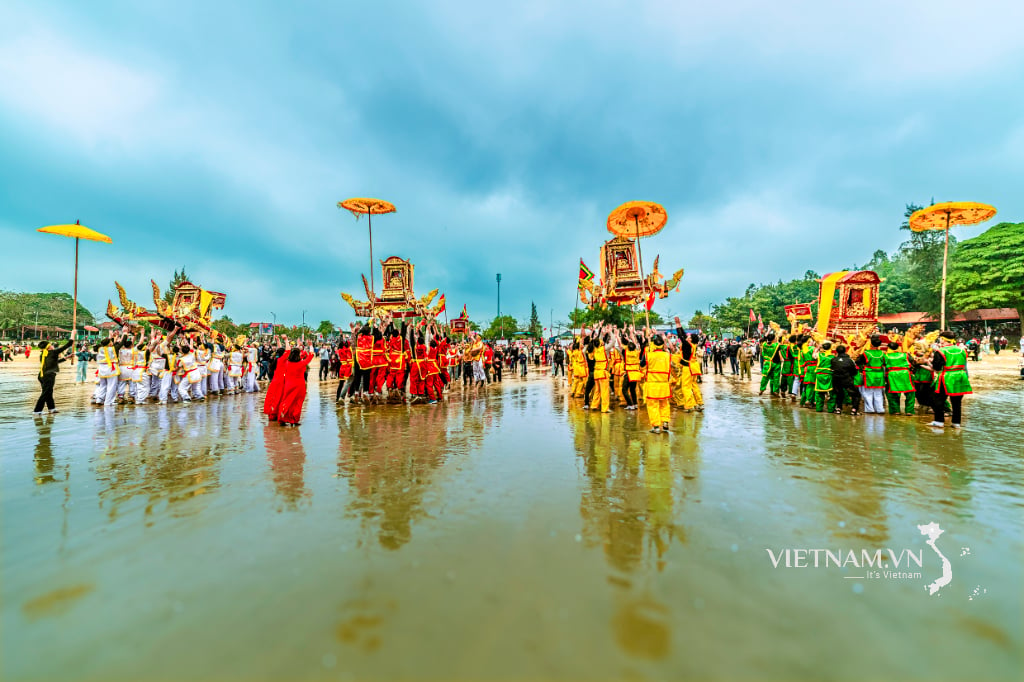
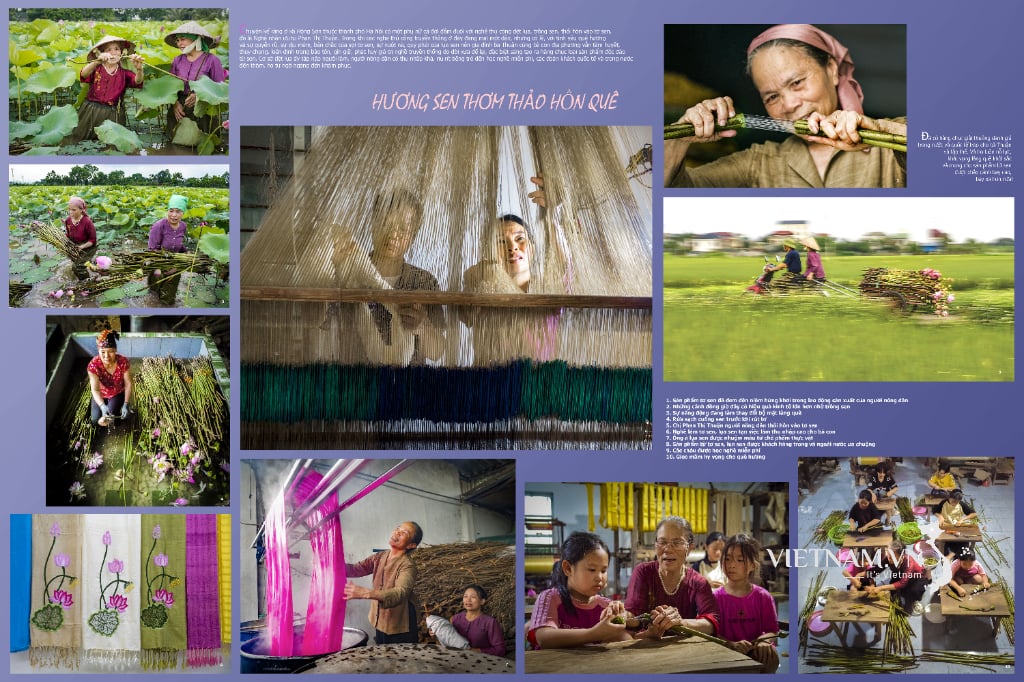
Comment (0)